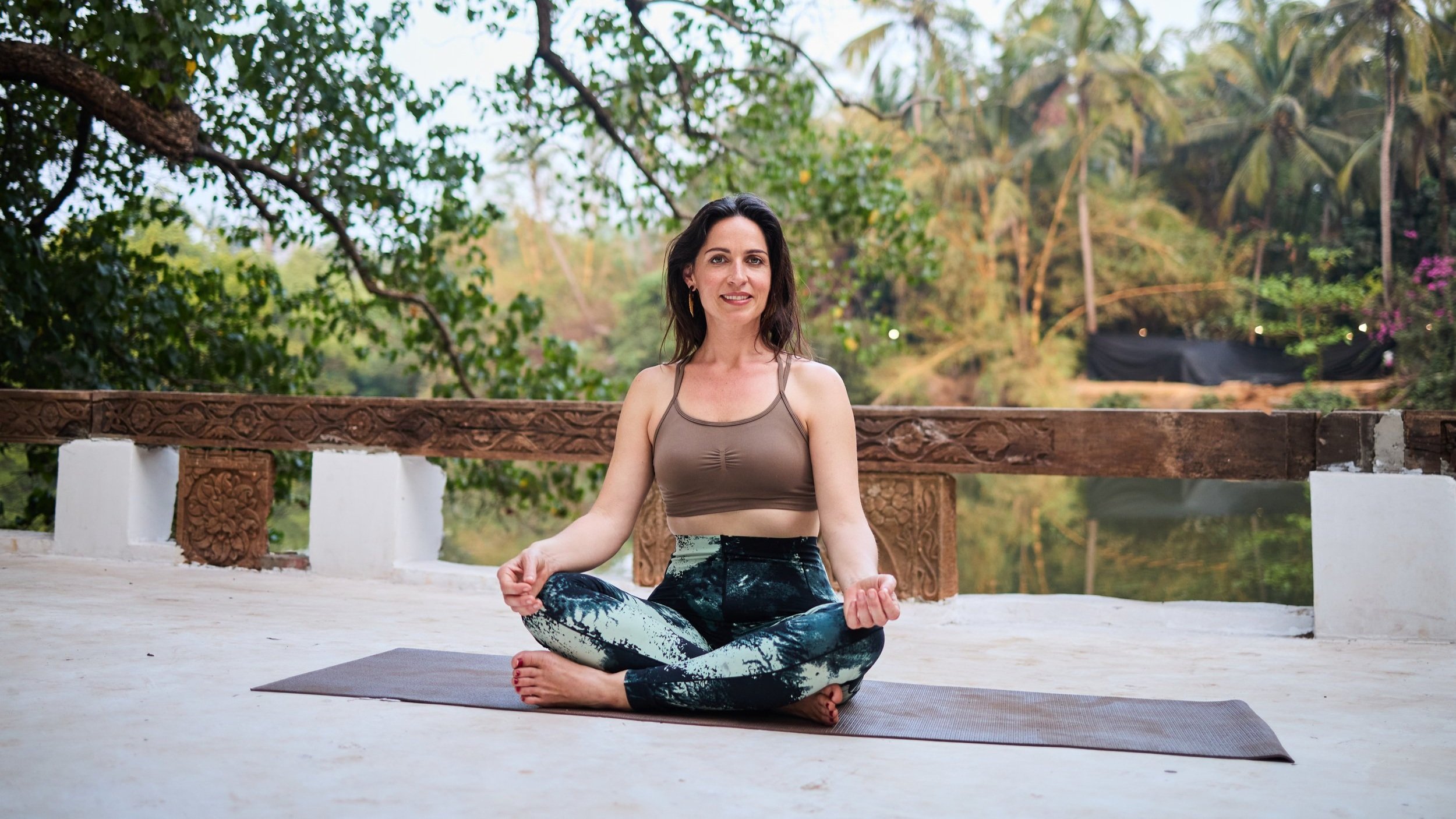
200 hrs Yoga TTC
Module 1
Techniques, Training & Practice (80 Hours)
Sequencing, Safety & Adaptations (10 Hours)
This section trains teachers to design safe, effective, and inclusive yoga classes.
• Sequencing: Warm-up, peak pose, cool-down structure.
• Safety: Identifying risks, preventing injury, using props.
• Adaptations: Pregnancy, injuries, beginner vs advanced students.
• Practical case studies and group workshops.
1. SEQUENCING (Warm-up → Peak Pose → Cool-down)
Purpose:
Develop the skill of building anatomically intelligent and energetically balanced classes.
Core Principles (Ray Long Inspired)
Progressive Load: Move from simple to complex; from stable to mobile.
Joint Preparation: Open the joints and activate stabilisers before deep stretching.
Agonist–Antagonist Balance: Strengthen what you stretch; lengthen what you strengthen.
Prana Flow: Begin with grounding → build heat → channel energy upward → integrate and release.
2. SAFETY
Purpose:
Train teachers to identify risks, prevent injury, and use props intelligently.
Key Safety Guidelines
Spinal Integrity: Avoid collapsing lumbar or hyperextending cervical spine.
Joint Alignment: Stack joints; avoid torque in knees and wrists.
Contraindications: Refer to your asana document for each pose’s safety list.
Progressive Entry & Exit: Cue safe transitions, never “drop” into poses.
Props: Use blocks, straps, bolsters to support structure—not as crutches.
3. ADAPTATIONS
Purpose:
Enable teachers to modify sequences for diverse students, beginners, pregnant practitioners, and those with injuries.
Adaptation Examples
4. PRACTICAL CASE STUDIES & GROUP WORKSHOPS
Home case studies - choose 3 case studies and video the class of 60 minutes based on the baove template and email directly to me for feedback.
Design a 60-min Class for Mixed Abilities
Choose a theme (e.g., grounding, heart-opening, stability).
Sequence: 3 warm-ups, 4 main standing poses, 2 floor poses, 2 restorative.
Include one contraindicated student scenario and how you would adapt it.
Pose Breakdown Practice
Work in pairs: one teacher cues, one practices.
Observe and correct alignment using tactile and verbal cues.
Identify key muscles and joints active/inhibited (Ray Long anatomy emphasis).
-
This section introduces foundational yoga postures, their method of practice, benefits, contraindications, and modifications. Each asana is studied in detail with teaching methodology and alignment principles.
-
-
-




